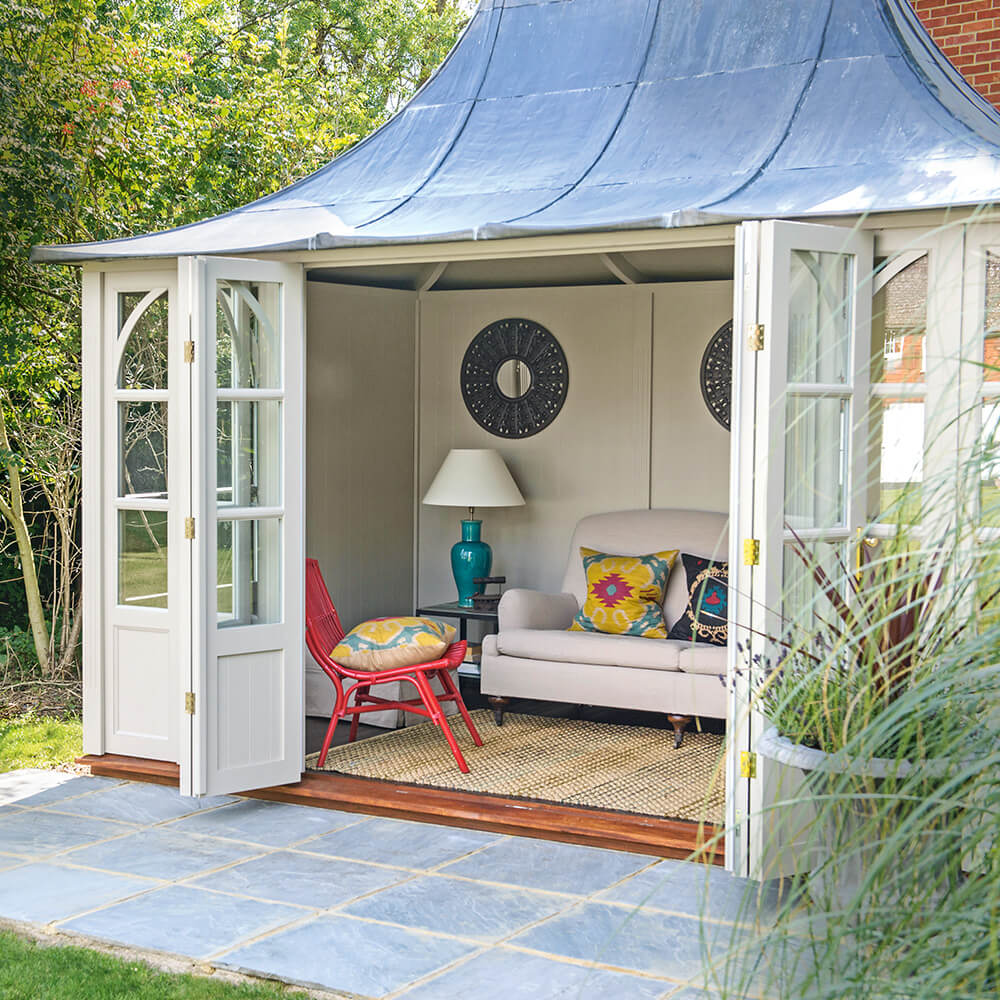Adhesives and glue are a vital component of most DIY projects, but it can be confusing to determine which type is right for you due to the variety of kinds available. Using the wrong kind of glue for a project can drastically affect the outcome, so it is worth being informed before making any damaging or costly mistakes.
Wood Glue
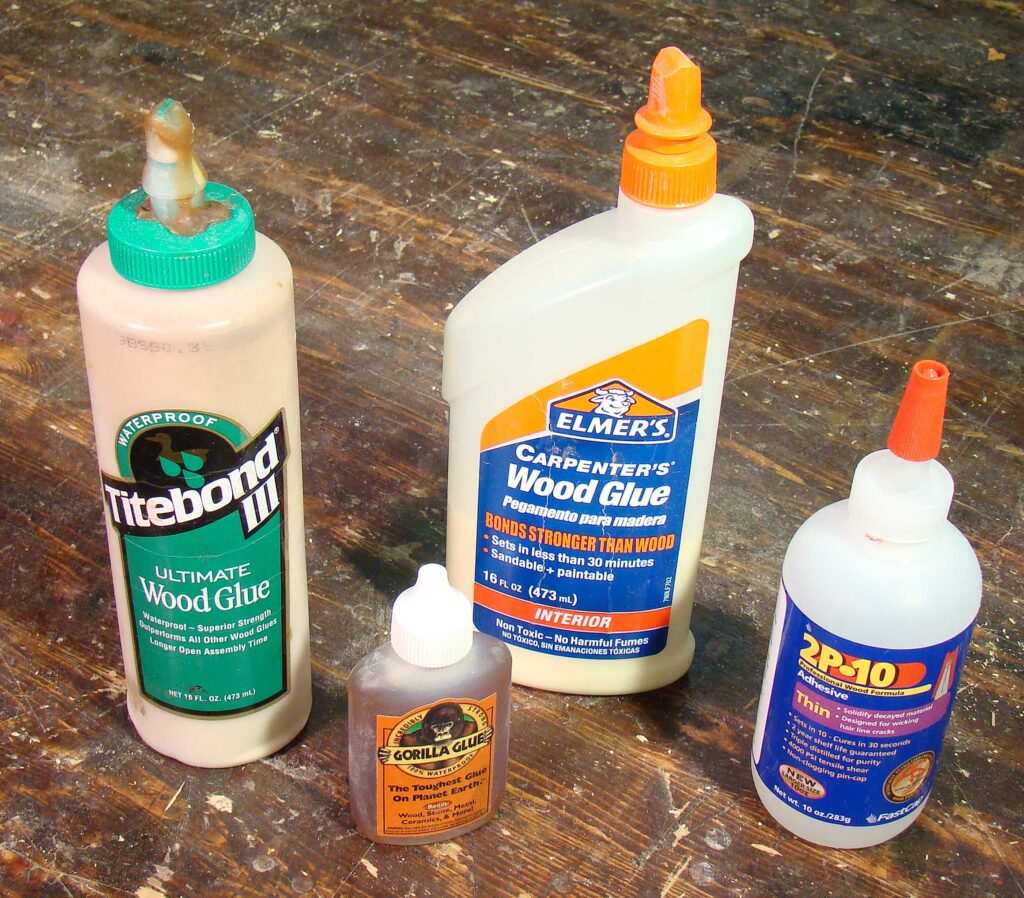
source: pinterest.com
This glue is usually an off-white colour, and is sometimes marketed as being ‘all purpose’. However, it works best when used with wood, paper or porous materials, and it will not work on rubber, plastic or metal. It can be used to bond together pieces of wood, or fix cracks, but the pieces should be ideally clamped together for the best results. Most wood glue is water-soluble when wet, and dries waterproof, but it is best to check if the type you are using is suitable for wet conditions.
Polyurethane Glue
There are two different types of polyurethane adhesive, 1K and 2K. 1K PU adhesive will only have one part, whereas 2K PU uses two part formulations and is much stronger. 1K PU is capable of sticking wood, stone, metal and plastic amongst other materials. It provides a waterproof bond, and is sometimes used instead of wood glue in projects. Polyurethane glue requires moisture in order to cure and can expand as it dries, which makes it good for filling in gaps, but it can also leak out of joints if not wiped away. Once it has had enough time to properly cure, PU glue is usually suitable for use in wet conditions, as well as being able to be painted over.
Construction Adhesive
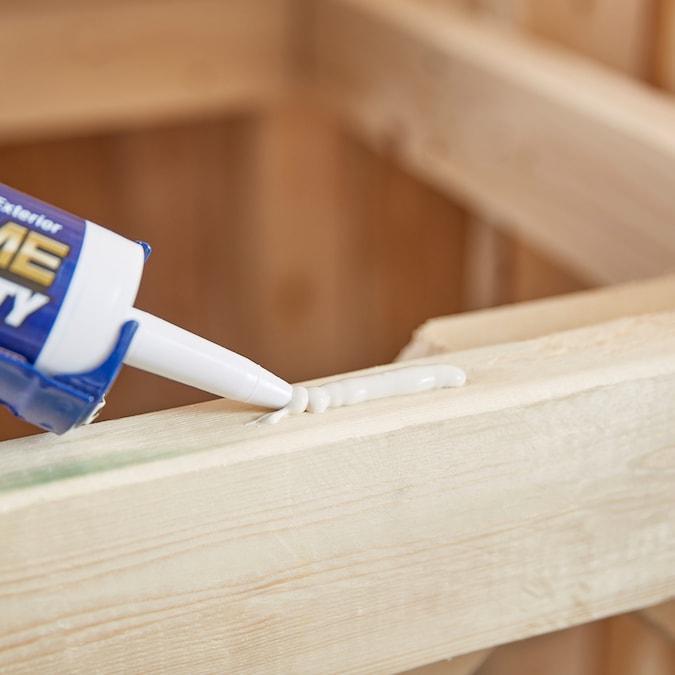
source: pinterest.com
Construction adhesive (may also be known as Grab Adhesive) is an essential product on building sites, and is mostly used to bond joists, wall panels, studs and more. It commonly comes in a tube that can be used inside a caulk gun, and may contain a combination of various adhesive chemicals. This adhesive is applied to surfaces in the same way that caulk would be applied, and can bond wood, concrete, metal and plastic. It can remain flexible once dried, but certain construction adhesives may not work well in cold or wet conditions.
Super Glue
Cyanoacrylate Adhesive, or Super Glue as it is more commonly known, can be used to join ceramic, glass, wood and metal, with a small amount going a long way. However, care should be taken as it can dry very quickly and bond skin. Super Glue reacts to moisture in the air to form strong polymers that are highly resistant to being pulled apart, and the rapid drying time means that clamps are not required to hold pieces together. Despite the tough bonds it can provide, it may shatter under impact and cannot handle much external stress, so it should usually only be kept for smaller household repairs.
Epoxy Adhesive
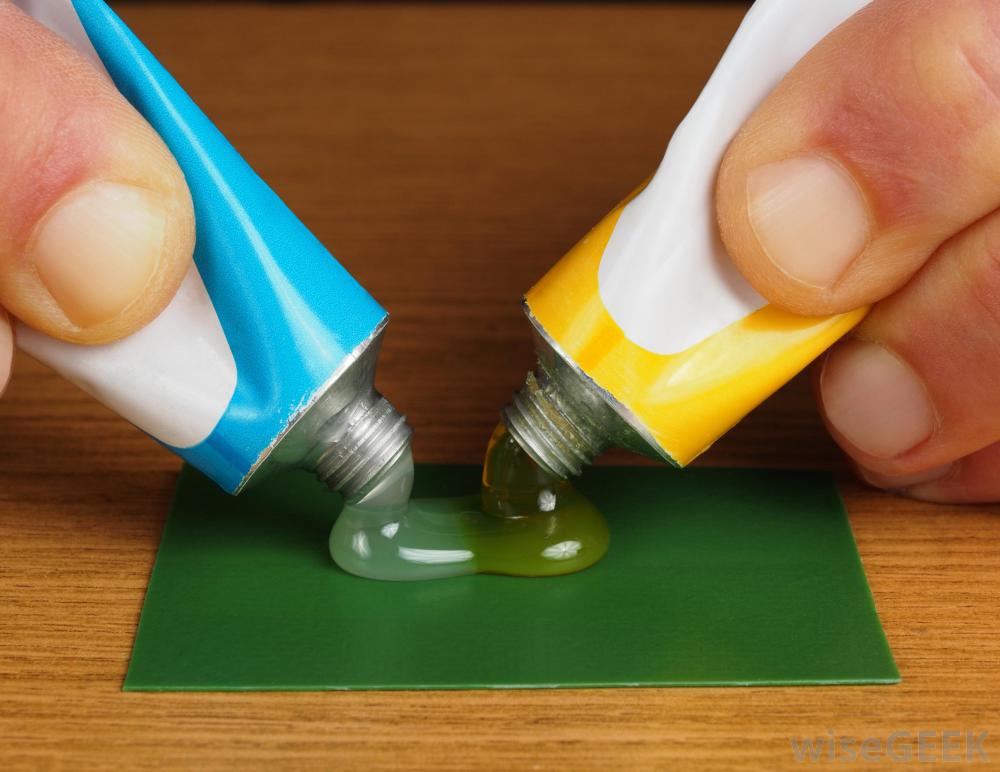
source: pinterest.com
Epoxy adhesive is usually created by mixing an epoxy resin with hardener to produce a strong glue. These will usually be packaged separately until it is ready to use, as the glue will harden within 30 minutes. Epoxy can bond most materials together, but there are sometimes different formulations made specifically for certain materials, such as metal, wood, concrete and plastic.
Hot Melt Adhesive
Hot melt adhesive is the type of glue that is used in hot glue guns. The glue itself is a thermoplastic resin which is heated to its melting point to bond materials together, such as wood or glass. Even though hot melt can provide a strong bond, it is not permanent as the glue can be remelted when heated.
Silicone Adhesive
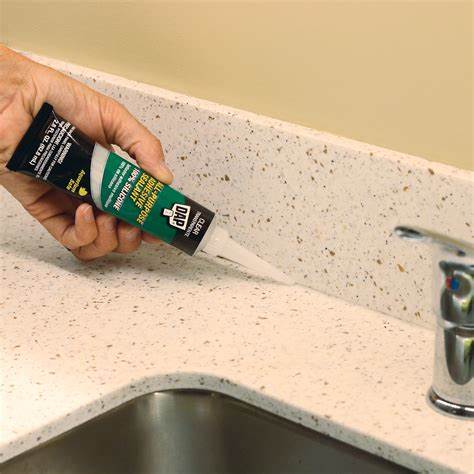
source: pinterest.com
Silicone adhesive is more often used as a sealant around the home, but this type of caulk can also function as a strong adhesive. It can bond glass, porcelain, ceramic, stone, and wood, making it ideal for use in bathrooms. Silicone adhesive comes in standard caulking tubes or squeezable tubes, and is normally applied in the same way as caulk around the edges of a surface.
Spray Adhesive
Spray adhesive is considered to be a form of contact cement, and is mostly used by crafters. Weaker formulations are capable of sticking together paper, foam and lightweight materials, whereas stronger alternatives can bond carpet and wood trim. This kind of adhesive is relatively easy to use and will dry clear, but you will need to use a respirator when using as it contains a range of flammable solvents that should not be inhaled.
Overall, the type of glue you will require will depend on the material you are hoping to bond and what you intend to do with the surface after the glue is dry, e.g. if you are painting the surface or if it is located in a wet area. When using glues or adhesives, ensure that you are working in a well ventilated area, or that you have the necessary safety equipment if you are using spray adhesives. Always check the manufacturer’s instructions for how long the glue needs to dry and cure so that you do not compromise the bond made by the adhesive.


